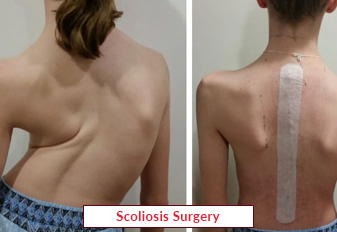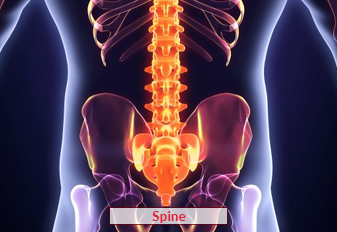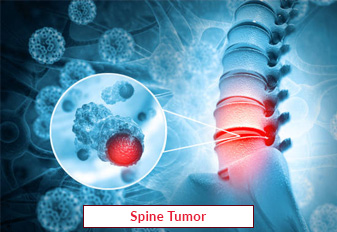Foraminotomy surgery

Foraminotomy surgery is a spinal process that focuses on removing the pressure on the nerves in the spine by growing the nerve foramina, which are tiny holes in the spinal columns through which the nerves exit into the spinal canal. In the majority of cases, foraminal stenosis, disc herniation, spurs on the bones, or degenerative abnormalities in the spine that compress the nerve roots leaving the spinal cord exposed are treated with this type of surgery. A little incision in the region of the back or neck allows the doctor to access the damaged neural foramina during the surgical procedure when they remove or trim any kind of bone, disc material, or other connective tissue that is pressing the nerve. The goal of foraminotomy is to improve mobility and function by decreasing pain, numbness, weakness, and other symptoms brought on by compression of the nerves.
Book an AppointmentAbout Foraminotomy surgery
Symptoms of foraminotomy surgery: Conditions that compress the spinal nerves as they leave the canal of the spine and cause discomfort, weakness, tingling, or paralysis in the extremities are usually indications for a foraminotomy operation. Certain motions or postures can make the symptoms worse and cause them to spread along the affected nerve's path.
Surgery for foraminotomy Causes: Foraminal stenosis, disc herniation, spurs of bone (bones called osteophytes), or degenerative changes to the spine that constrict the neural foramina and pressure the nerve roots are among the conditions that are frequently treated with foraminotomy surgery. Age, degenerative disc conditions, spinal arthritis, serious injuries, or repeated stress on the spine can all lead to the development of these illnesses.
Foraminotomy surgery Remedies: The procedure itself is the primary treatment for diseases needing foraminotomy surgery. Foraminotomy aims to relieve symptoms including discomfort, weakness, and weakness by expanding the neural foramina and decompressing the nerves in the spine. Conservative measures to control symptoms and enhance function, such as physical therapy, painkillers, corticosteroid injections, and modifications to one's lifestyle, can be used as non-surgical treatments. Foraminotomy surgery, however, is frequently put into consideration if more conservative methods are insufficient to relieve symptoms or if they are severe enough to have an important effect on quality of life.
Procedure of Foraminotomy surgery
Patient Positioning: The patient is positioned on the operating table, usually lying face down (prone) or on their side, depending on the location of the affected spinal nerve.
Anesthesia: General anesthesia or local anesthesia with sedation is administered to ensure the patient's comfort and safety during the procedure.
Incision: A small incision is made in the skin overlying the affected spinal level, guided by fluoroscopy or other imaging techniques to ensure precise placement.
Soft Tissue Dissection: Muscles and soft tissues are gently retracted to expose the bony structures of the spine, providing access to the neural foramina.
Bone Removal: Using specialized surgical instruments, the surgeon carefully removes or trims portions of the surrounding bone, ligaments, or other tissues causing compression of the spinal nerves exiting the neural foramina.
Nerve Decompression: Once the bone is removed, the spinal nerves are decompressed, allowing for improved circulation and function. Any herniated disc material or other debris contributing to nerve compression may also be removed.
Closure: After the decompression is achieved, the surgical incision is closed with sutures or surgical staples, and a sterile dressing is applied. The patient is then monitored in the recovery room before being transferred to a hospital room or discharged home.
Require Assistance?
Get A Quick Callback From Our Healthcare Experts






